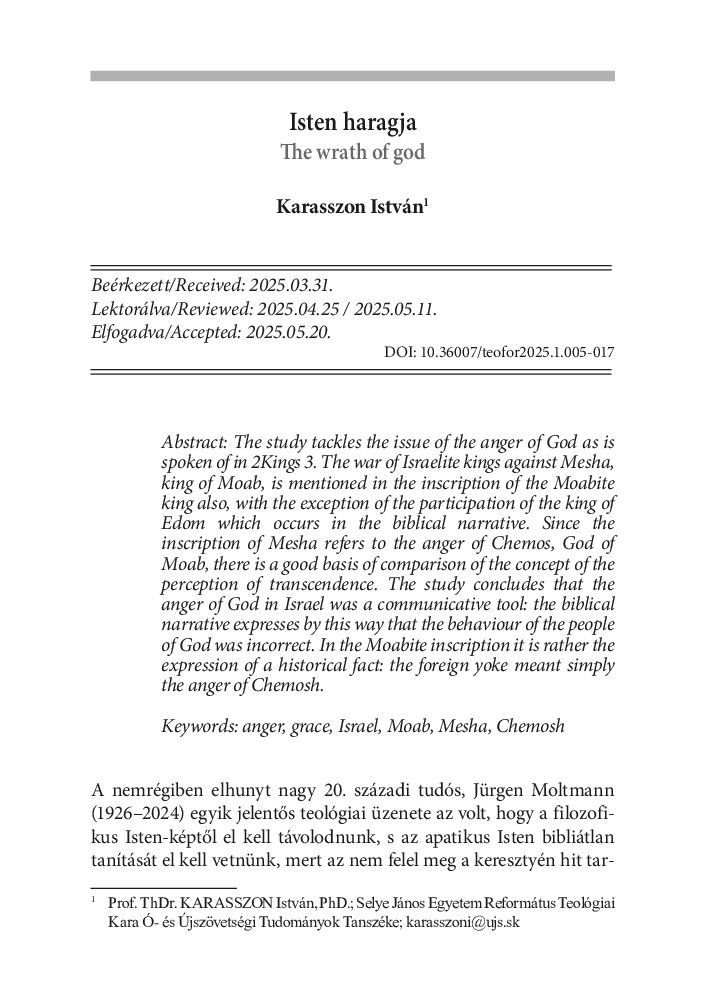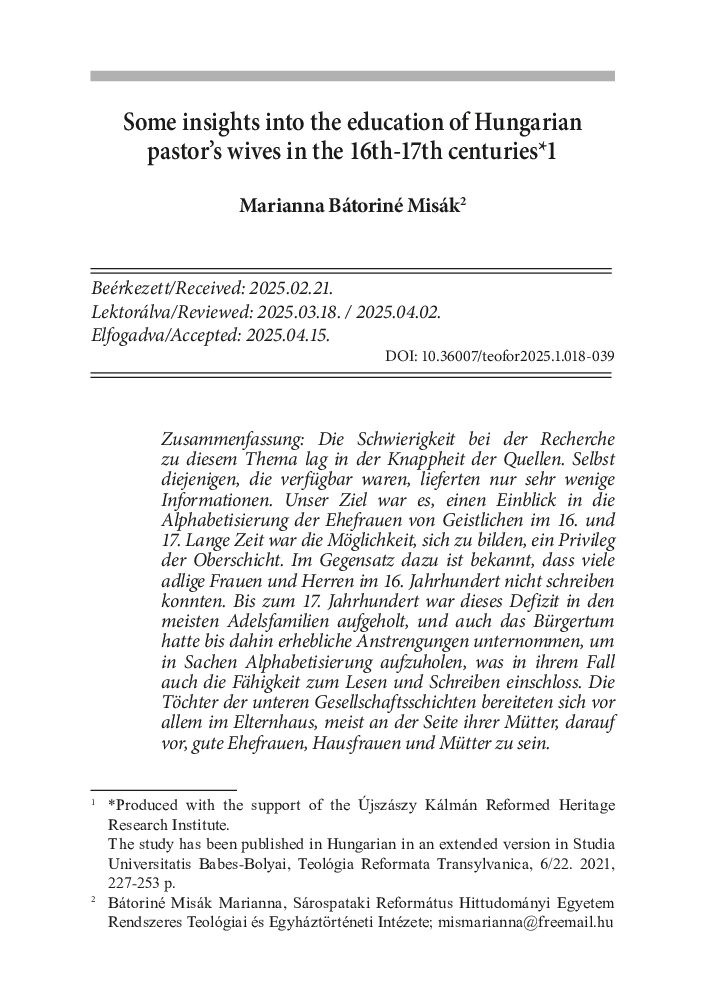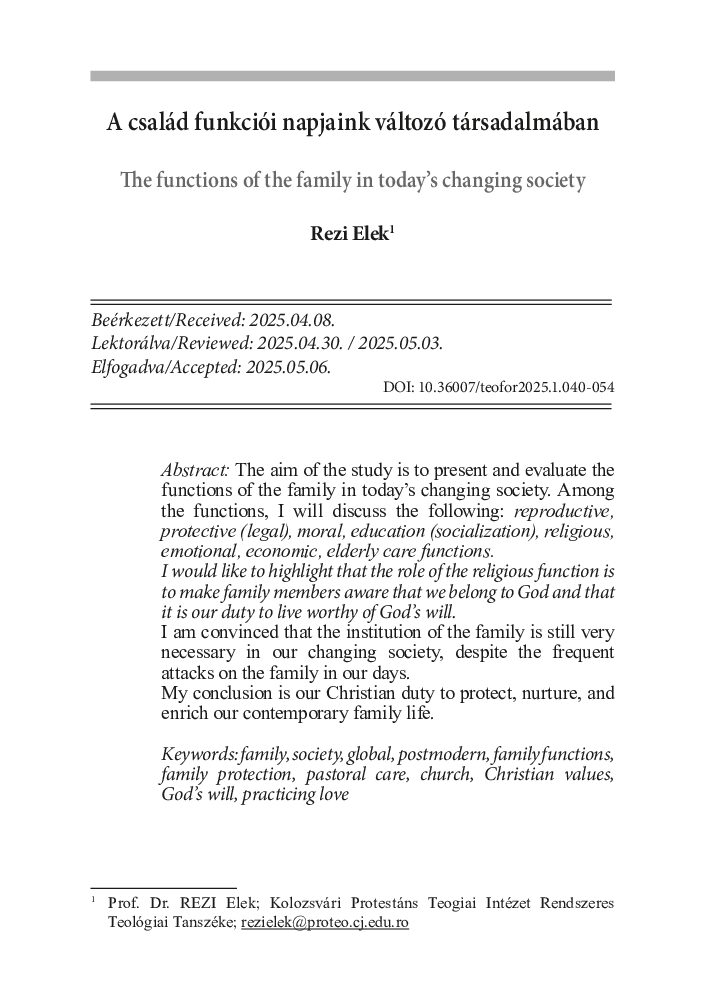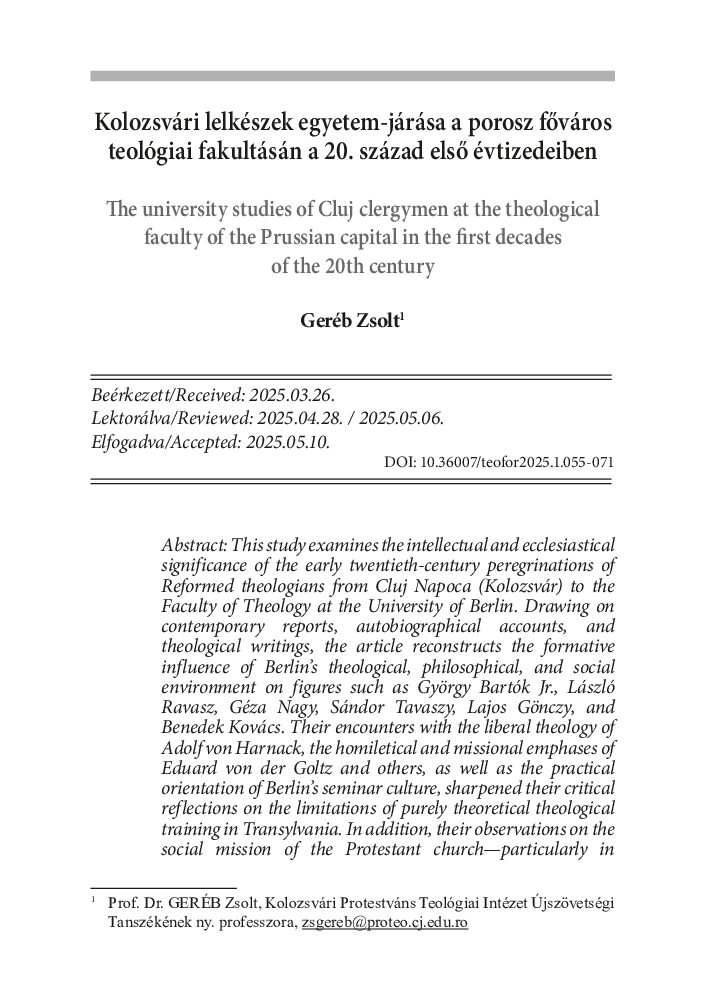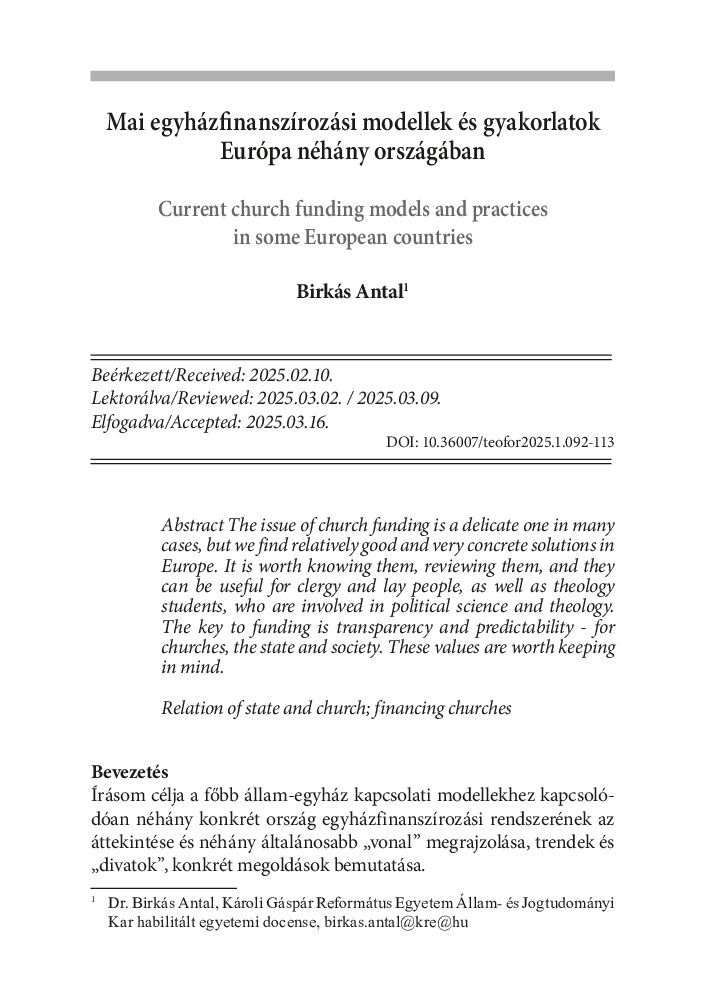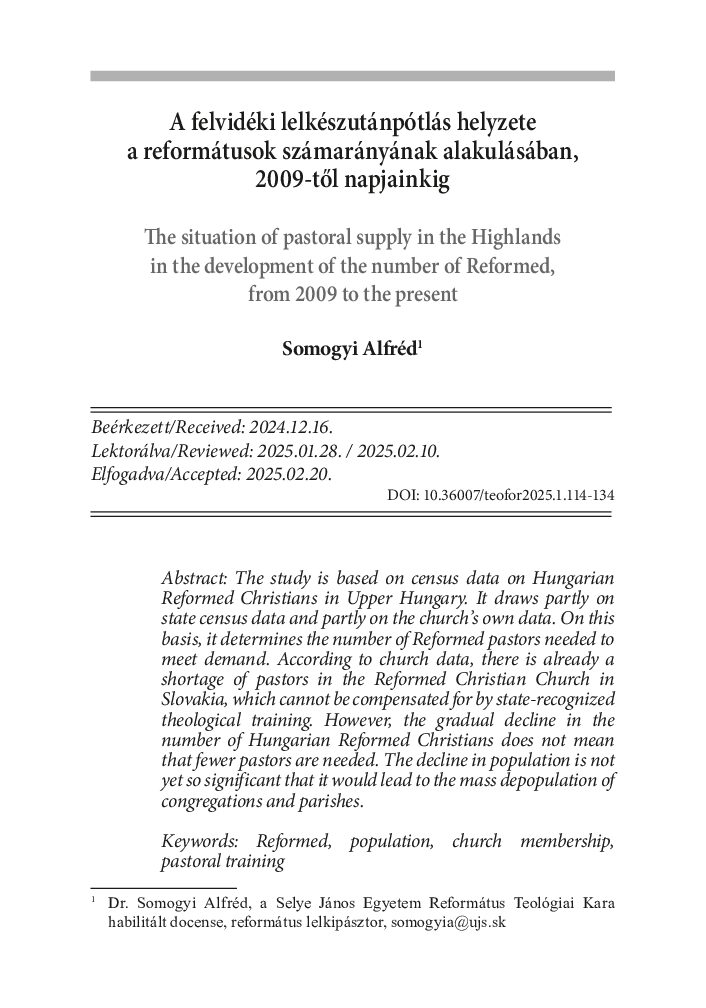Pető Bálint. Kivégzések a dualizmus kori Felvidéken, a sajtó tükrében
Executions in the Dualism-era Upper Hungary, in the light of the press The history of Hungarian criminalistics – including the death penalty – in the dualist era is not easy to explore with scientific rigour and purpose, because the primary sources of justice (trial transcripts, interrogation records, official reports on the
execution of sentences, etc.) were almost entirely destroyed by the flames during the Second World War and the 1956 Revolution and War of Independence. Research on the subject is not a hopeless task, however, as the contemporary press, which was increasingly focused on tabloid news at the time, especially
from the second half of the 1870s onwards, was keen to report on highly newsworthy crimes, including highly detailed reports from courtrooms and even executions, in most cases with great enthusiasm. Based primarily on the daily and weekly newspapers of the period, and of course with due criticism of the sources, this paper will attempt to describe two murders from the last third of the 19th century, the perpetrators of which paid with their lives for their actions in the Upper Hungary.
Keywords: dualism, criminology, death penalty, press, execution

